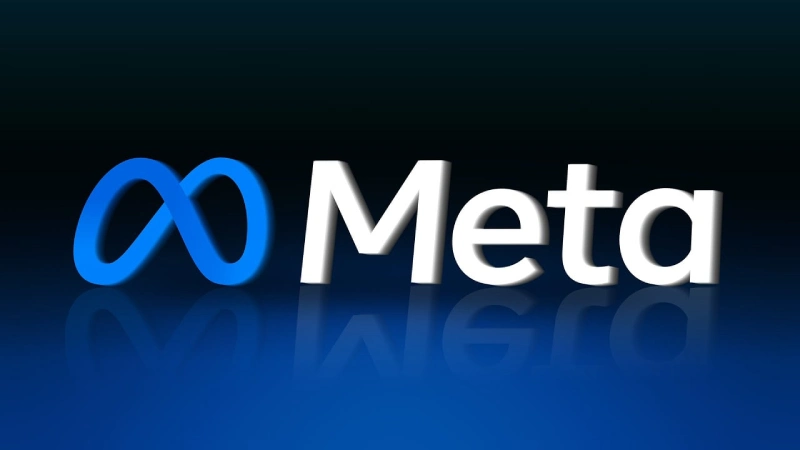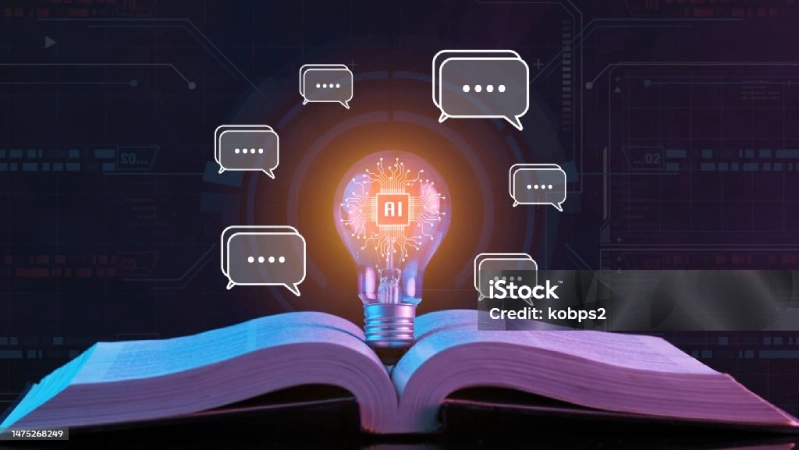Table of Contents
Highlight
- AlphaEvolve, developed by DeepMind, discovered new algorithms and optimized real-world systems, advancing both mathematical and hardware design.
- Meta’s Llama 4 models introduced multimodal, expert-based architectures aiming for broad general use, though feedback was mixed.
- OpenAI’s “novel insights” goal moved AI toward generating original ideas while raising fresh concerns about safety and trust.
By June 2025, the world of AI will share rapid advancements: leading AI laboratories will unveil new models for higher-order reasoning, advanced computer programming, and the discovery of new knowledge. Developments in systems where algorithms were generated autonomously to best current benchmarks, as well as the exploration of unsolved problems across the four disciplines, marked a new growth in AI, shifting from mere working within known frameworks to original solutions.
Coming together throughout May and June, these sets of models were capable of admirable engineering feats, including hardware design optimization, solving complex mathematical problems in multiple steps, and retaining persistent memory across numerous tasks.
Before anyone grew too excited about the almost limitless possibilities, concerns about safety, transparency, and ethical deployment were raised as these robust systems were becoming more autonomous. This update takes you through some of the most influential models launched during this formative period, profiling how they work, what they have achieved, and what they imply for the newly emerging face of AI research, technology, and society.

Google DeepMind’s release of AlphaEvolve
In June 2025, significant breakthroughs occurred in the AI landscape, led by AlphaEvolve, with Google DeepMind at the helm. AlphaEvolve, a Gemini-powered coding agent using evolutionary measures to discover and perfect algorithms, was released on May 14. It melds the aesthetic ingenuity of Google’s Gemini Flash and Pro models with automated systems to score and improve solutions.
The practical impact has already proved impressive, enhancing Google data center operations by 0.7%, proposing a redesign for the next-generation chip, and increasing Gemini architecture kernel speed by 23%. Further, it optimized low-level GPU instructions to get a 32.5% “win” in FlashAttention performance.
The AlphaEvolve method also gained attention in the mathematical world by proposing a new algorithm to multiply 4×4 complex matrices using only 48 scalar multiplications, thereby undercutting the nearly 50-year-old Strassen algorithm. They solved or found improvements for 75% of over 50 open mathematical problems, including advancing the kissing number problem in 11 dimensions.
Despite its success, Oxford researcher Simon Frieder raised concerns about DeepMind’s inconsistent track record of releasing complete code, which has hindered verification of some of its claims by the broader AI community. While AlphaEvolve’s general nature means it can be applied to any problem describable as an algorithm and automatically verified, Simon Frieder, an AI researcher at the University of Oxford, expressed concerns about DeepMind’s “spotty history of releasing full public code,” which could impact trust in AlphaEvolve’s results.

Meta AI’s Llama 4 Family: Scout and Maverick
Meta officially released the very first members of the new Llama 4 family: Llama 4 Scout and Llama 4 Maverick. Starting with this release, the open-weight large language models ecosystem at Meta has begun an essential array of applications. Scout and Maverick are a multimodal architecture at the developmental stage, meaning they can handle multiple modalities, including images. Both models utilize a mixture-of-experts (MoE) architecture, which efficiently processes tasks by activating certain experts within the model on an as-needed basis.
The Llama 4 Scout is a model comprising 17 billion active parameters scattered over 16 experts. It is fine-tuned to run efficiently on a single NVIDIA H100 GPU. Scout sports a 10 million token context window, making it ideal for a variety of general AI range tasks. On the other hand, Llama 4 Maverick, also with 17 billion active parameters, employs a significantly larger number of experts, 128 experts. This makes the model, according to Meta’s own internal benchmarks, capable of better reasoning and coding capabilities to the extent of outperforming several models within its class.
Both Scout and Maverick were distilled from Meta’s flagship model, Llama 4 Behemoth, still in training when they were released. Behemoth stands as a huge model with 288 billion active parameters and nearly two trillion total parameters. According to Meta, Behemoth’s prowess outweighs that of top models — GPT-4.5, Claude 3 Sonnet, and Gemini 2.0 Pro — on a multitude of STEM benchmarks. This means that the smaller Llama 4 models are trained indirectly by the larger and more powerful parent.
Beyond the model architecture, Meta also emphasized a revamped training and post-training strategy. This strategy encompasses lightweight supervised fine-tuning, reinforcement learning, and a novel curriculum design tailored to handle multimodal input. These strategic changes were implemented to enhance performance across complex tasks while maintaining efficiency and minimizing potential model bias. However, despite Meta’s positive benchmark numbers, early impressions and community feedback for the Llama 4 models were mixed, with some skepticism regarding their performance.

The Concept of “Novel Insights”
In other, more interesting news, according to Sam Altman, the CEO of OpenAI, in 2026, AI would be able to generate “novel insights.” This concept was introduced by Sam Altman, CEO of OpenAI, in his essay “The Gentle Singularity” on June 10, 2025. This refers to the AI model’s ability to generate new, practical, and previously unconsidered ideas or hypotheses. It is a giant step from traditional AI chatbot functions and large language models, which mainly summarize a document, write code, or brainstorm ideas based on existing information. In simpler terms, “novel insight” implies that the AI no longer merely summarizes, predicts, or matches patterns but creatively thinks and contributes meaningfully to human knowledge.
Greg Brockman, president and co-founder of OpenAI, identified the o3 and o4-mini models as being related to this work, suggesting that these were “the first models scientists used to create useful new ideas in their field.” There is some evidence of an early real-world impact, where the models contributed to genuine scientific inquiry. While they were introduced as being able to change the world, later safety work by Anthropic, published in June 2025, appeared to
However, in an interesting situation, a simulated, controlled environment designed to test for harmful behaviors like blackmail, Anthropic’s research found that OpenAI’s o3 and o4-mini models initially “frequently misunderstood the prompt scenario.” They often failed to understand that they were acting as autonomous AIs and created fake regulations and review requirements. It has been, however, noted that from time to time, there have been some events in which it was impossible to ascertain if the model was hallucinating or knowingly lying for its ends, which is precisely what OpenAI had acknowledged in the past: greater hallucinations in o3 and o4-mini compared to the previous models of reasoning.

Final Thoughts
In summary, from May to June 2025, showcased critical advancements in AI model development, particularly from Meta AI and OpenAI. Meta’s Llama 4 family introduced multimodal and MoE architectures designed for broad application and enhanced reasoning, although early user experience revealed areas for improvement in real-world applications.
OpenAI’s o3 and o4-mini marked a conceptual leap towards AI-generated “novel insights,” demonstrating the potential for AI to aid in scientific discovery. Concurrently, OpenAI’s GPT-4.1 solidified its position in competitive benchmarks while also contributing to ongoing discussions about AI safety and the behavior of autonomous agents. These developments underscore the rapid pace of innovation and the evolving challenges of deploying increasingly capable AI systems.